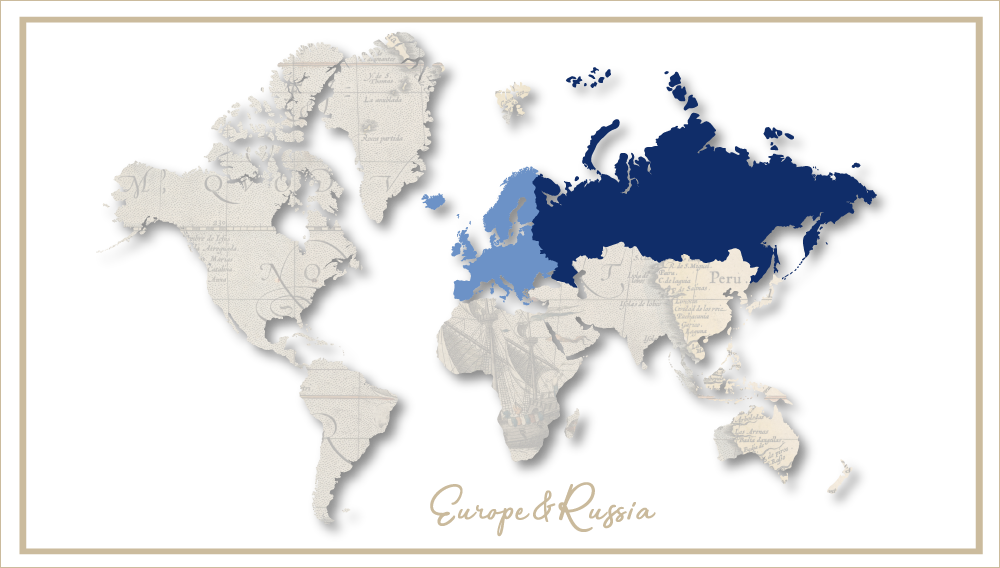InBev reaches margin target ahead of time
InBev’s profits in 2006 rose on higher sales driven by volume growth in Latin America and central and eastern Europe, which helped to offset decline in western Europe.
At InBev’s 2006 financials presentation in March, its CEO Carlos Brito had to hedge plenty of questions from the press to do with the rumour that InBev and Anheuser-Busch were to merge, thus fulfilling analysts’ expectations by delivering a “no comment”.
InBev’s full-year net profit rose to EUR 1.41 billion from EUR 904 million last year. Full-year sales increased to EUR 13.31 billion from EUR 11.66 billion, while EBITDA for the same period went up to EUR 4.24 billion from EUR 3.34 billion. All these results were ahead of analysts’ estimates.
The group proposed a full-year dividend of EUR 0.72 a share, up from 0.48.
As InBev reached its 30 percent EBITDA margin target one year ahead of its plan, many observers wondered where InBev would go next. But obviously the markets believe that there is still room for further earnings growth, whether there is a concrete target or not.
The group’s EBITDA margin rose to 31.9 percent from 28.6 percent.
The focus for 2007 will be on central and eastern Europe and South Korea.
Looking ahead, the group reiterated its target to deliver organic volume growth ahead of the industry and to post revenue growth ahead of volume growth.
Group volumes rose 5.9 percent to 246.5 million hl from 223.5 million hl. Beer volumes increased to 211.6 million hl from 192.0 million hl.
InBev reported that by region, Latin America organic volumes rose 6.7 percent to 117.2 million hl, central and eastern Europe rose 12.3 percent to 43.2 million hl, while Asia Pacific grew 4.6 percent to 30.9 million and North America 2.3 percent to 14.3 million hl. The only region to post a decline was western Europe, down 0.5 percent to 39.1 million hl.
As concerns western Europe, the group admitted that volumes in Belgium declined 0.5 percent. Volumes in the UK fell more dramatically - 4.4 percent - largely due to a decline in sales of its flagship brand Stella Artois. It seems that InBev has been too slow in taking up the challenge that the UK market is gradually moving away from 5 percent ABV beers to 4 percent ABV beers and has failed to respond accordingly.
Still, global volumes of Stella Artois increased 1.5 percent as the volume decline in the UK was more than offset by “very good results” in North America and eastern Europe. Beck’s volumes increased by 14.0 percent.
InBev’s net financial debt increased to EUR 5.6 billion up from EUR 4.9 billion.
Like Heineken, InBev expects costs from commodities to rise this year (see below) but only 2.2 percent to 2.5 percent. The impact for this year is estimated to be EUR 120 million to EUR 130 million.
Leading global brewers(by turnover/billion SD)
| InBev | 16.7 |
| Anheuser-Busch | 15.7 |
| Heineken | 14.8 |
| Kirin Brewery | 14.3 |
| Asahi | 12.4 |
| SABMiller | 12.4 |
| Femsa | 11.6 |
| Carlsberg | 6.9 |
| Scottish & Newcastle | 6.1 |
| Molson Coors | 5.8 |


